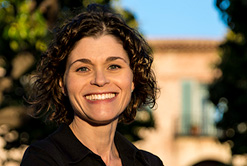Here are some important upcoming dates for those applying for the Match:
January
Jan. 31, 2023: The registration deadline for the NRMP Match is at 11:59 pm EST on this date. After this time, applicants will incur a $50 late fee. (The process is expensive enough; no need to pay more.)
February
Feb. 1, 2023: Rank order list entry opens at 12 pm EST.
March
March 1, 2023: Rank order list deadline. Candidates must have their rank order lists certified by 9 pm EST.
March 13, 2023: NRMP Match Week starts. SOAP applicants can begin preparing applications in the ERAS® system.
March 16, 2023: SOAP rounds 1-4.
March 17, 2023: NRMP Match Day. Match results are available at 12 pm EST.
Over the course of this month and next, I’ll be blogging with tips on how to create your best Match list.

